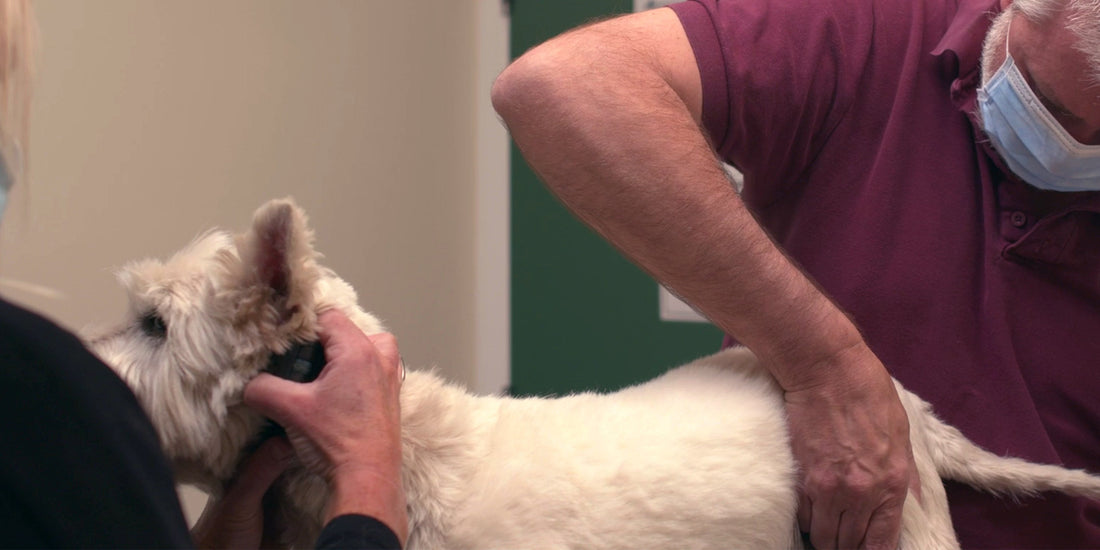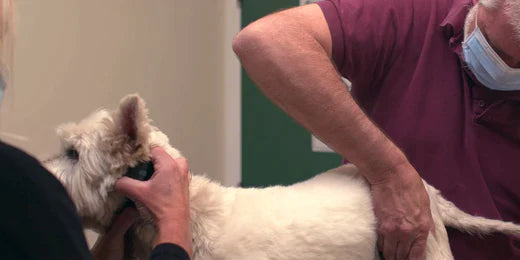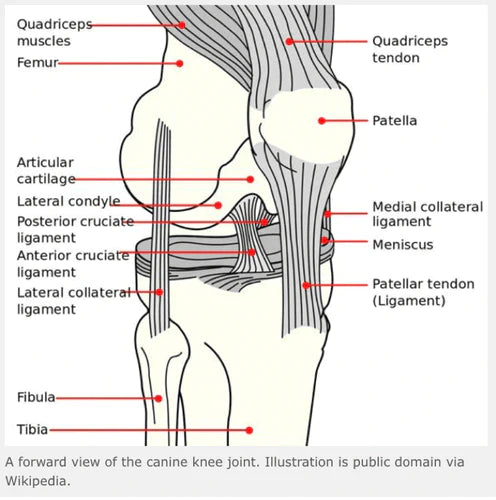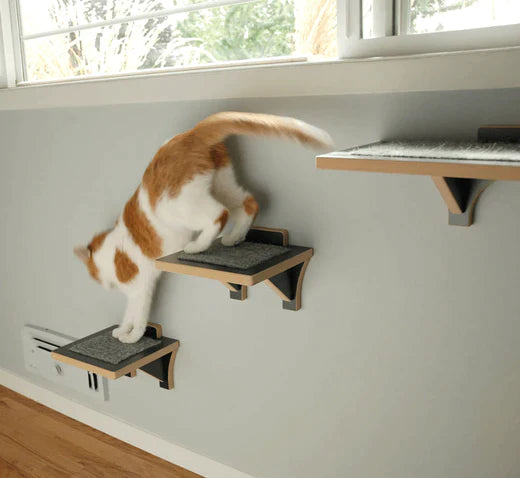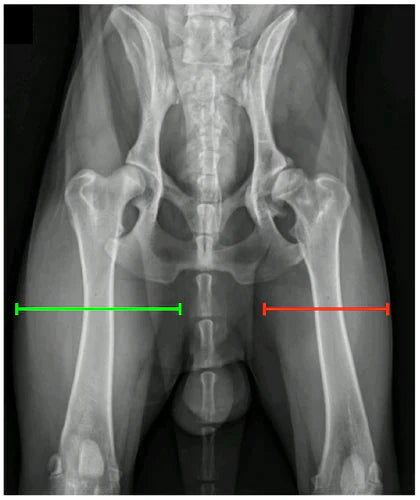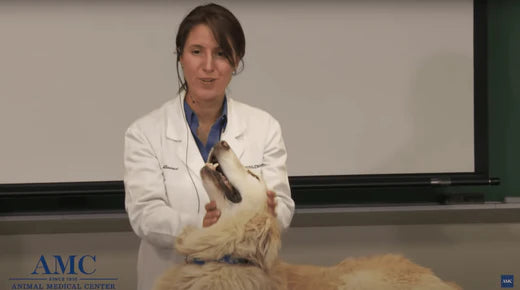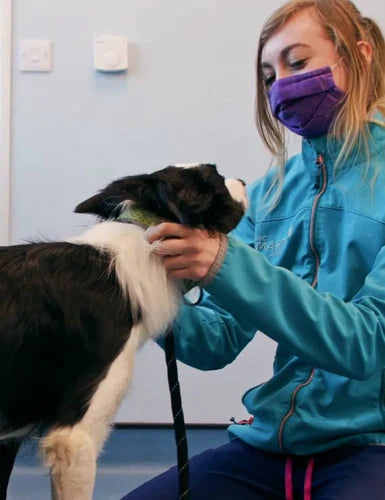An internal medicine specialist’s role despite the name, is of no more importance than the role of your family veterinarian. In fact your family veterinarian is the most important player. They serve as pediatrician, family doctor, ER doctor along with senior care physician to your beloved cat or dog helping them live their best life. Their talents fit under a very broad umbrella!
It is through the relationship between you, your pet and your vet that you recognize the ideal time to call upon an internal medicine specialist (internist).
I have spoken with medical doctors who are shocked to know that pets get many of the same diseases as people, as well as have access to similar advanced diagnostics, procedures and treatments. As in human medicine, your family doctor does not offer these advanced diagnostics or procedures. You receive a referral.
It is the same in veterinary medicine. With the availability of pet insurance even more pets have options. It is always important to know your options when it comes to your pet’s health. Referral to an internist may relate to a serious or life threatening illness, an uncommon or rare illness or a chronic medical condition not responding to standard therapy. It would not be uncommon for a pet to have more than one medical condition at a time as the motivation for consultation.
Have you ever had a family member or friend (two or four legged) with an extensive medical history? Did you ever wish there was one person taking the time to read over all the records, sort through each problem to make sure that nothing had been missed? Internal medicine specialists are warm and fuzzy thinking machines who are trained to review the records, prioritize the current problems and come up with an ordered list of likely possibilities. In medical speak we call these possibilities, differential diagnoses. From there comes a thorough history and physical exam.
In my first attempt applying to vet school within my essay I said “I always wished I could talk to animals”. I did not get in that year. Part of the critique included, the need to mature, which I always attributed to this juvenile opening to my essay. It may have been juvenile but it is a fact that veterinary medicine would be a much different profession if our patients could talk. In fact I recently read a human medicine article where the pathway for treatment depended on the patient’s specific wishes. Were they for, or against surgery? Were they ok with long term medication? How do we make up for that in veterinary medicine? By talking with you!
Time is valuable, and you are the voice for your pet. An internist is trained in specific history taking for each problem. Is your pet having urinary accidents, diarrhea or maybe a cough? Within our own internal search engine this generates a detailed questionnaire to help with formulating possibilities and probabilities. As my favorite mentor said to me “medicine is the science of probabilities”. With your input we may suspect your pet has trouble emptying the bladder or has small intestinal disease. A cough could be related to the airways, heart or even an underlying neurological issue.
In how many different areas do internists provide expertise? Internists oversee the diagnosis and treatment of patients from many different “ologies”. For e.g., patients may have hormonal problems such as diabetes (endocrinology), intestinal disease (gastroenterology), liver disease (hepatology) as well as problems of the kidneys (nephrology), bladder, (urology), heart (cardiology), blood (hematology), immune system (immunology) or nervous system (neurology). In fact there are specific internal medicine specialists for neurology, cardiology and cancer (oncology).
Have you ever heard about the value of a surgeon’s hands? I may be biased but I would argue that an internist’s hands are of great value too. Just what is an internist doing when they “run” their perceptive hands over the patient? It is putting our anatomy lessons into practice complementing all your information from the history. Nose tip to tail tip is covered along with all the body systems that correspond to the noted “ologies” above.
It is extremely valuable time spent. When your family doctor gives you a physical examination do they check your eyes, ears, nose, mouth, neck, hair, chest, armpits, abdomen, groin, mammary glands, genitals, legs, feet, every single potentially palpable lymph node, perform superficial and deep abdominal palpation, check your reflexes, note how you walk, look at the back of your eyes, listen to your lungs, check your symmetry, note your muscle condition and over all body condition, listen to your heart while palpating your pulse, take your temperature and blood pressure, and perform a rectal examination? I suspect not, and yes a rectal examination is an important part of a complete veterinary physical examination. Am I talking about dogs and cats? No and yes. It is performed much less often in cats (or tiny dogs). However it is not just for the dog who is “scooting”. Did you know that it is assessing 5 to 6 different body systems in addition to those sometimes pesky anal glands?
Instead of “eww”, think “who knew?!”.
How do I sum up the rest of internal medicine that follows after the solid foundation of a thorough history and physical exam? That prioritized list of concerns gets honed down and a diagnostic plan is presented to match the desires and understandable budget for each case. The ultimate goal is a timely definitive diagnosis to allow for the correct treatment. A definitive diagnosis may or may not be possible. Sometimes it may be a “likely” diagnosis we are working with and negative test results can help us achieve that conclusion.
What kind of diagnostics and treatments come next? Internists are trained in many types of advanced procedures. This often includes an abdominal ultrasound with biopsies of organs or lymph nodes. Other cases may require a bone marrow aspirate, joint fluid collection or uncommon blood tests. Internists have advanced training in endoscopy which often means driving a long camera down into the stomach and intestines to visually evaluate the lining for ulcers, masses, or foreign objects. Avoiding surgery with endoscopic foreign body removal is a win win! The absolute majority of the time when we drive the camera into the intestines we also want to take biopsies to see what the pathologist can see at the microscopic level. An internist can drive a camera into the nose, lungs or up into the bladder. We work with radiologists to use advanced imaging such as CT scans or MRIs. Certain internists will be trained in minimally invasive procedures such as helping a cat overcome kidney stones or using dialysis to manage a dog exposed to a kidney toxin. Nutritional support may mean place a feeding tube. This can be a short but lifesaving procedure, especially for cats.
Initial choices for drug therapy, supplements and treatment protocols will be those aligned with evidence-based medicine. The art of internal medicine will be incorporating personal experience together with science, to communicate the best treatment options for your pet and your wishes.
What does the famous Mayo Clinic promote? A team approach (team-medicine!).
If and when your dog or cat ever need a referral, know that a veterinary internist consultation means your pet will be receiving the value of a new member to their current amazing health team. With that team we will do our very best to “talk” to, diagnose and treat your adored pet.
Dr. Julie Armstrong DVM, MVSc
Diplomate ACVIM (Small Animal Internal Medicine)
